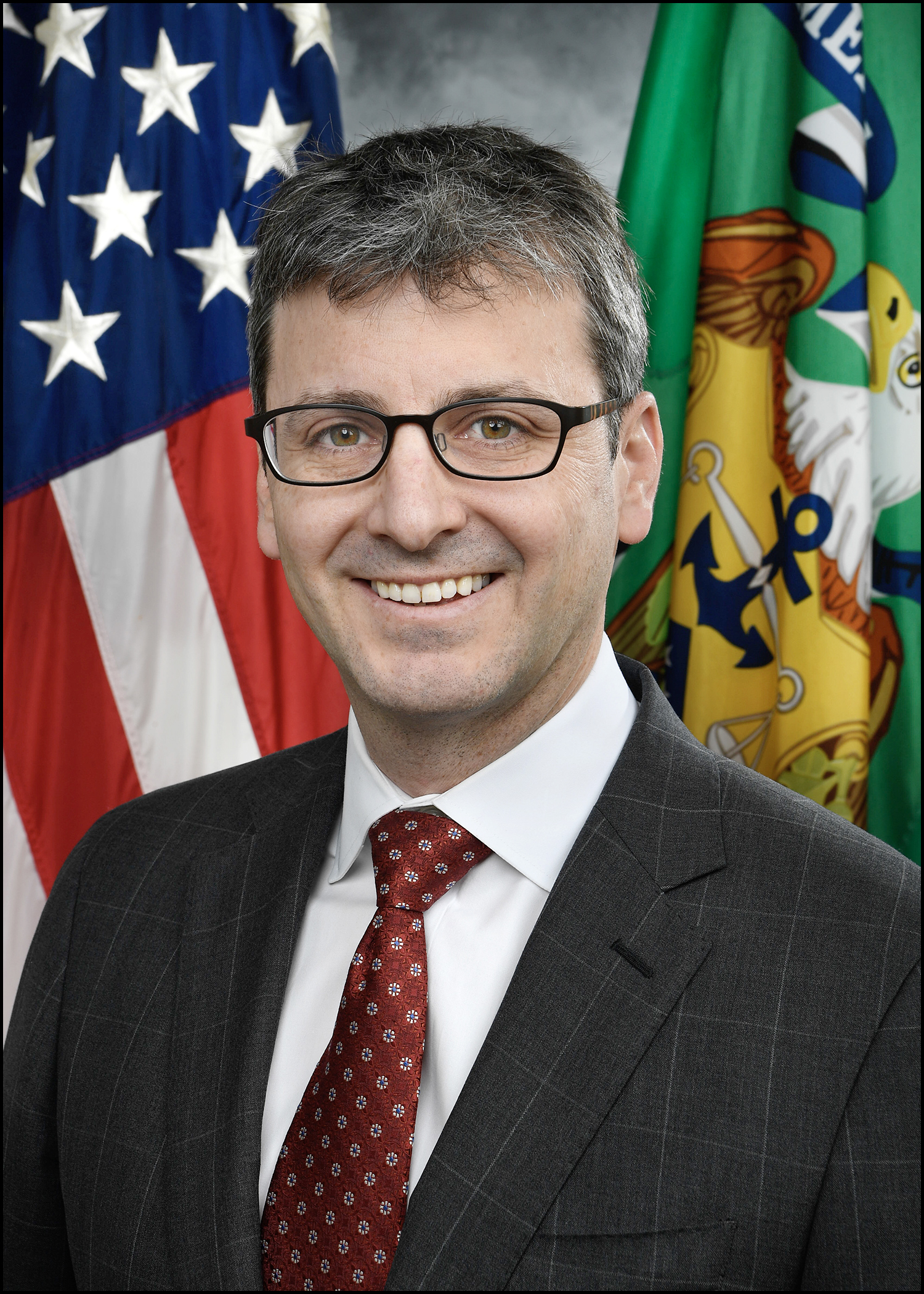
by Jotirmoy Roy
Brent Neiman, Assistant Secretary for International Finance at the U.S. Treasury, Highlights Future of Cross-Border Payments
In a pivotal address at the Federal Reserve Bank of New York, Assistant Secretary for International Finance Brent Neiman detailed the U.S. government’s agenda to enhance cross-border payments. With rapid changes in the financial landscape, the U.S. aims to modernize its payment systems to improve efficiency, security, and global economic integration while maintaining its financial leadership.
Key Challenges and Opportunities in Cross-Border Payments
Neiman highlighted persistent inefficiencies in cross-border payments, describing them as slow, costly, and inconsistent across regions. For instance, while over 90% of SWIFT wholesale payments settle within an hour, delays of over a day remain common in regions such as Africa and the Middle East. Retail-level transactions, particularly remittances, also face high costs, averaging 6.4% for a $200 transfer.
These issues impact global trade, entrepreneurship, and consumer convenience. Addressing these challenges, Neiman asserted, would reinforce U.S. economic competitiveness and security.
Three-Pronged Strategy to Modernize Payments
- Encouraging Innovation:
- The U.S. supports responsible payment innovations, such as real-time payment systems like FedNow, launched in 2023.
- Collaborative projects with international partners, including Singapore’s Project Cedar x Ubin+ and the BIS-led Project Agorá, aim to explore technological solutions like tokenized money and faster multi-currency transactions.
- Legal and Regulatory Reforms:
- Domestically, the Treasury advocates for federal legislation on stablecoins and e-money services to ensure financial stability and curb illicit use.
- Internationally, the U.S. supports the G20’s roadmap to streamline legal and regulatory frameworks, ensuring seamless data sharing and risk management.
- Strengthening International Standards:
- By upholding global standards like FATF anti-money laundering (AML) protocols and ISO 20022 messaging formats, the U.S. aims to foster interoperability and safety in payment systems.
The Role of the Dollar in Global Payments
While the U.S. dollar’s dominance stems from the country’s robust legal framework and capital markets, Neiman underscored that advancing dollar-compatible innovations could further cement its global role. However, he emphasized preserving currency choice in cross-border systems to enhance cost efficiency and promote equitable global trade.
Future Steps and Leadership
Neiman concluded by advocating for continued U.S. leadership in shaping global payment systems. The Treasury plans to accelerate its exploration of tokenization solutions, enact responsible stablecoin legislation, and collaborate with international organizations to ensure emerging technologies align with high-quality standards.
“Modernizing cross-border payments aligns with core U.S. values,” Neiman said. “Our leadership will shape a future that upholds security, transparency, and prosperity for Americans and global partners alike.”
This agenda sets a transformative path for cross-border payments, aiming to enhance global financial connectivity while safeguarding U.S. economic interests.


